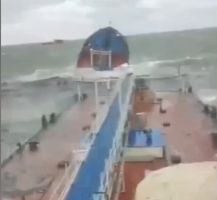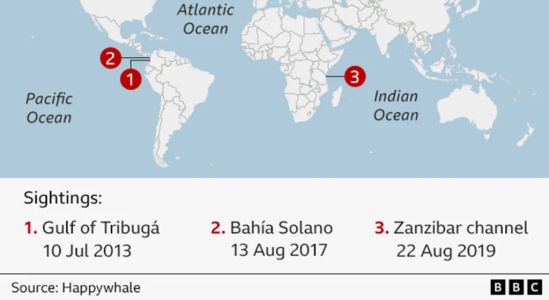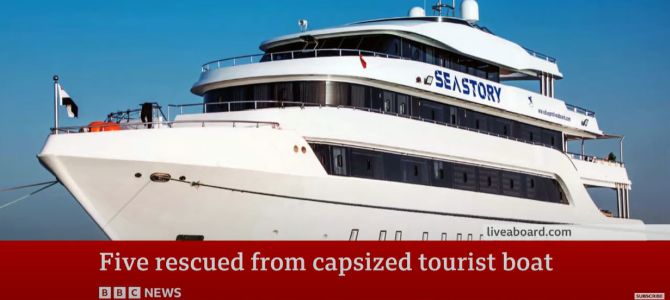 Happy Thanksgiving to those on this side of the pond and below the 49th parallel. (The Canadians celebrated the holiday in October.)
Happy Thanksgiving to those on this side of the pond and below the 49th parallel. (The Canadians celebrated the holiday in October.)
What do whaling ships, a child’s nursery rhyme, a female magazine editor, and Abraham Lincoln have to do with Thanksgiving? An updated repost.
Until the Civil War, Thanksgiving was a sporadically celebrated regional holiday. Today, Thanksgiving is one of the central creation myths of the founding of the United States, although not universally admired. The story is based on an account of a one-time feast of thanksgiving in the Plymouth colony of Massachusetts during a period of atypically good relations with local tribes.
The actual history of what happened in 1621 bears little resemblance to what most Americans are taught in grade school, historians say. There was likely no turkey served. There were no feathered headdresses worn. And, initially, there was no effort by the Pilgrims to invite the local Native American tribe to the feast they’d made possible.
Thanksgiving only became a national holiday in 1863. Before the celebration spread across the country, Thanksgiving was most popular in New England. On 19th-century American whaling ships, which sailed from New England ports, they celebrated only the Fourth of July, Thanksgiving, and Christmas. Of the three holidays, Thanksgiving may have been the most popular. On Norfolk Island in the Pacific, they also celebrate Thanksgiving, the holiday brought to the island by visiting American whaling ships.
Continue reading →

 The
The  Happy
Happy  An updated holiday season repost.
An updated holiday season repost.
 Authorities in Russia have said two small Russian oil tankers sank or were seriously damaged in the Black Sea on Sunday, resulting in an oil spill in the Kerch Strait. The two tankers, Volgoneft-212 and Volgoneft-239, each with cargo deadweights of approximately 4,200 tonnes and both
Authorities in Russia have said two small Russian oil tankers sank or were seriously damaged in the Black Sea on Sunday, resulting in an oil spill in the Kerch Strait. The two tankers, Volgoneft-212 and Volgoneft-239, each with cargo deadweights of approximately 4,200 tonnes and both  The
The  The
The  The
The  One hundred and seven years ago today, on the morning of December 6, 1917, the French freighter
One hundred and seven years ago today, on the morning of December 6, 1917, the French freighter 
 Yesterday, the World Cruising Club (WCC) released a
Yesterday, the World Cruising Club (WCC) released a  Here is yet another story to remind us how little we understand about orcas, also known as killer whales. We are still scratching our heads over why
Here is yet another story to remind us how little we understand about orcas, also known as killer whales. We are still scratching our heads over why  Happy Thanksgiving to those on this side of the pond and below the 49th parallel. (The Canadians celebrated the holiday in October.)
Happy Thanksgiving to those on this side of the pond and below the 49th parallel. (The Canadians celebrated the holiday in October.) After the Egyptian liveaboard dive boat,
After the Egyptian liveaboard dive boat,